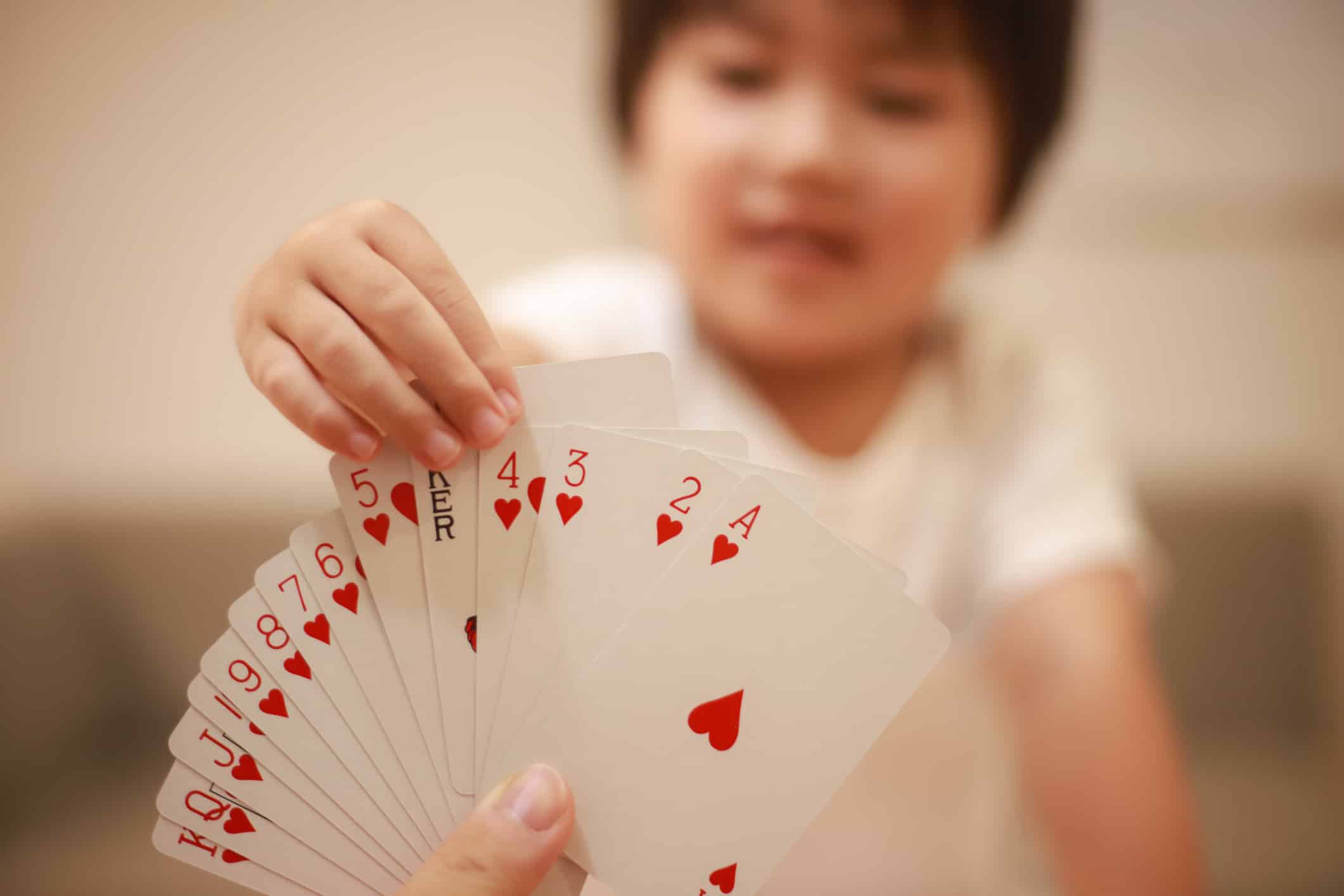Learning how to count can be a lot of fun for a child. By first learning how to count on their fingers, they are given the basic task of counting up to ten. As they get older, they will start to count to 20 and beyond. Using flash cards or putting various items in order are examples of activities that will get them familiar with numbers and sequences. The following suggestions will get kids counting in no time.
Numerical Hide and Seek
This game is really fun and it keeps kids on their toes. The items needed are index cards with numbers written on them. Show these cards to your kids and tell them that they will be playing a game of hide and seek with these index cards.
As the kids are sitting there with their eyes closed, go around and hide the cards in various, but not so difficult, places around the house. When you are ready, ask them to look for the cards. When they find them all, have them arrange them on a table in numerical order.
Keep these numbered index cards on hand for later on in your child's development. You can use them to help your child practice addition and subtraction, and possibly even multiplication and division. For example, you can hold cards one and ten together and ask your child what they add up to. This won't be something your child can do for some time, but once they learn it, it's important to practice.
Counting Beans
The items that you will need for this activity are large beans, plastic cups, index cards with numbers written on them, and corresponding dots. Ask your child to pick a number and say the number that is written on the card. Then, have your child place a bean on each dot. Let them count aloud the number of dots.
Counting What They Already Have
This is easy and doesn’t require a lot of preparation. Ask your child to collect all of their toys. Have them separate between stuffed animals, dolls, toy cars, and other categories, and place them into piles. Next, ask your child to count how many toys they have in each category.
You can also do this with clothes. Grab all of your child's shirts and have them count each one. Next, do the same thing with pants, socks, etc. If your child has more of a certain garment than they can count to, have them go to their limit and then stop. This is also a great way to teach your child how to recognize different garments. Being able to tell a shirt from pants is important if your child is going to begin dressing themselves!
The Number Line
Begin by taping a long piece of masking tape to the floor. Then, cut numbers 1 to 20 from pieces of construction paper. Place the numbers on the floor, about a foot apart, on the piece of masking tape. Have your child count from 1 to 20 going in one direction and then the opposite direction. Being able to count backwards is a good indication that your child is making good progress learning numbers.
As your child ages and learns more numbers, you can make the number line longer. Eventually, remove the numbers on the floor and have your child count each step they take. Have them practice walking along the tape line like it's a tight rope. They'll improve their balance while practicing their numbers!
Rolling Coins
If your son or daughter’s piggy bank is finally full, empty it and sort the coins. By sorting, counting, and rolling the coins into coin wrappers, your child will learn how to tell the difference between the coins. He or she will also assist in counting up to the different amounts used to fill the wrappers. Together, you can take the coins and deposit them into your child’s saving account. This is a great segue into a lesson about finances and why saving money is important.
Guessing Game
Take a clear, empty jar of any size and fill it up to a certain amount with either coins, jelly beans, or M&M’s. Make sure you know what the total is before asking your child to guess what the correct number of things is in the jar. Once your child gets the hang of how this game works, give them an empty jar and some jelly beans or M&Ms. Have them put a certain number in the jar and have you guess. This will require them to count the number they're putting in the jar.
These are just a few examples of counting activities for children. As they learn how to count, they will definitely have a lot of fun, too.
The image featured at the top of this post is ©iStock.com/:yamasan
